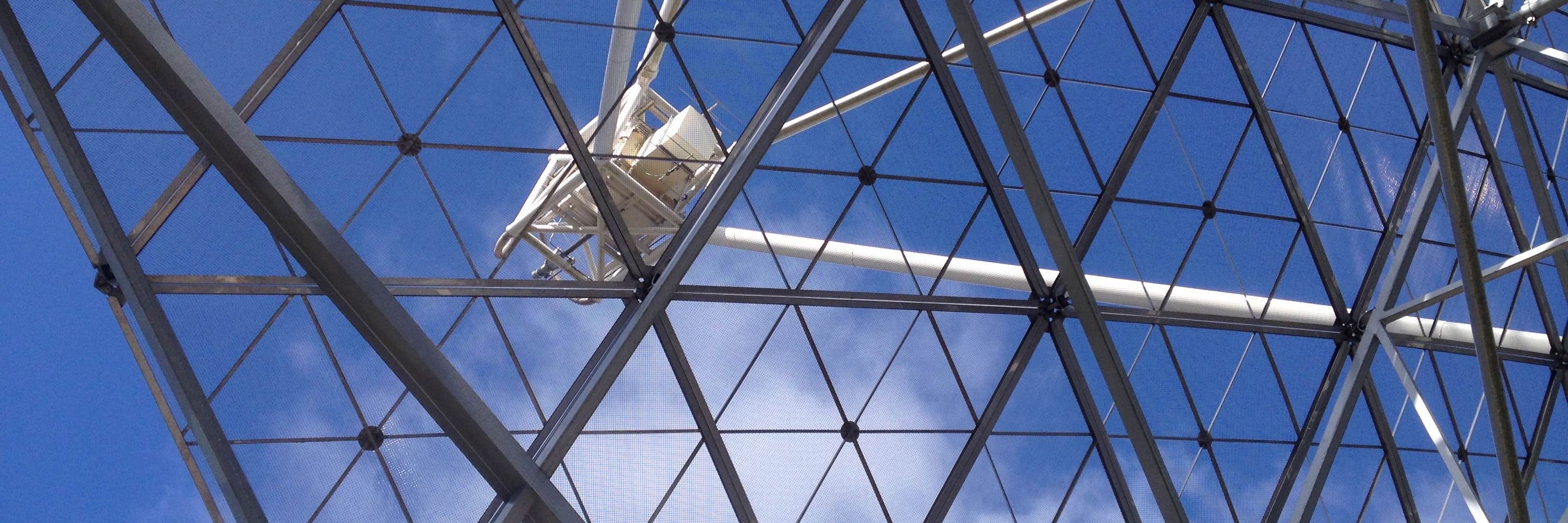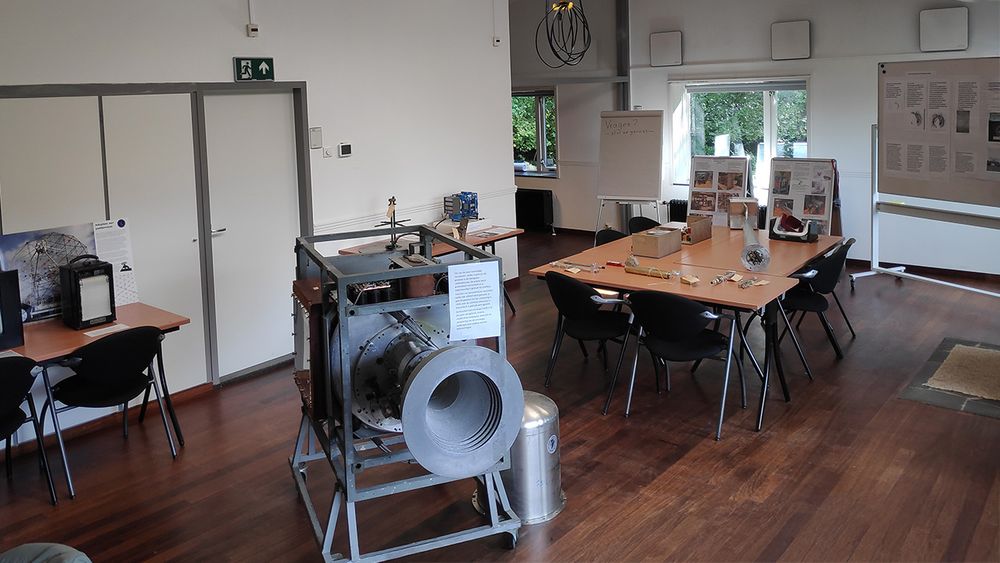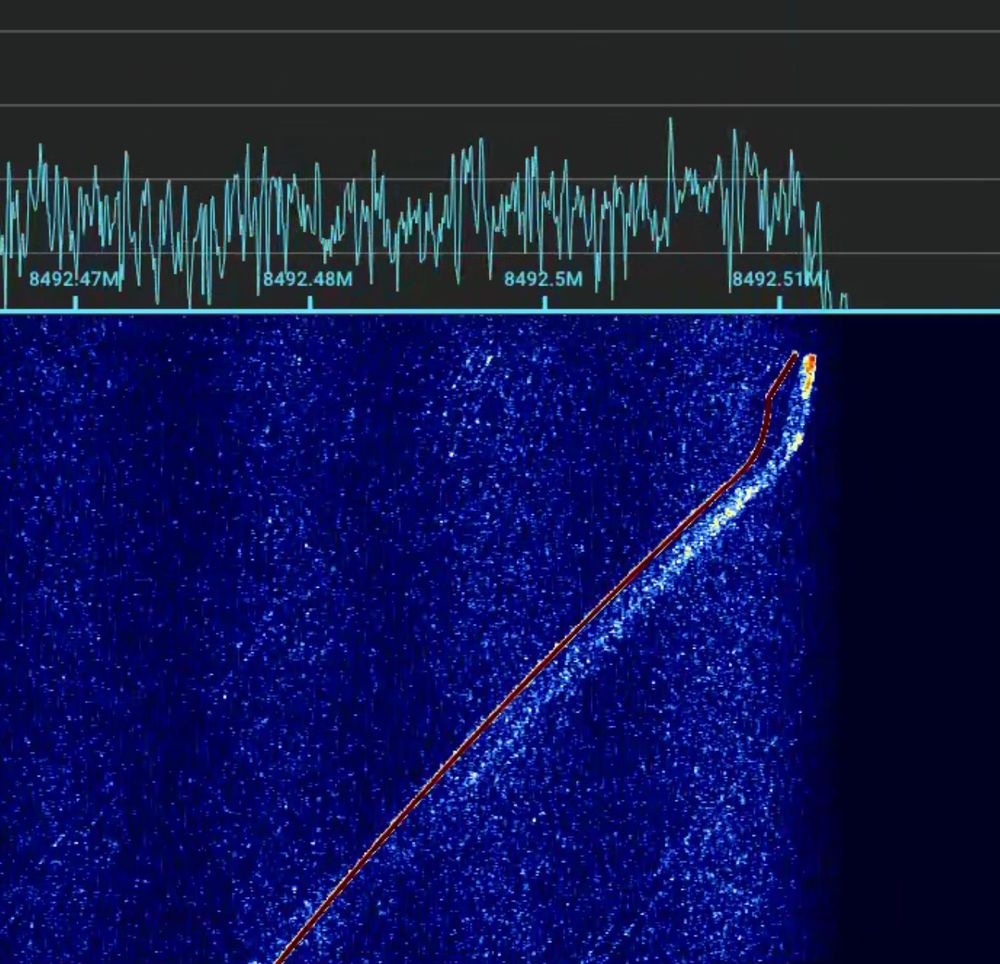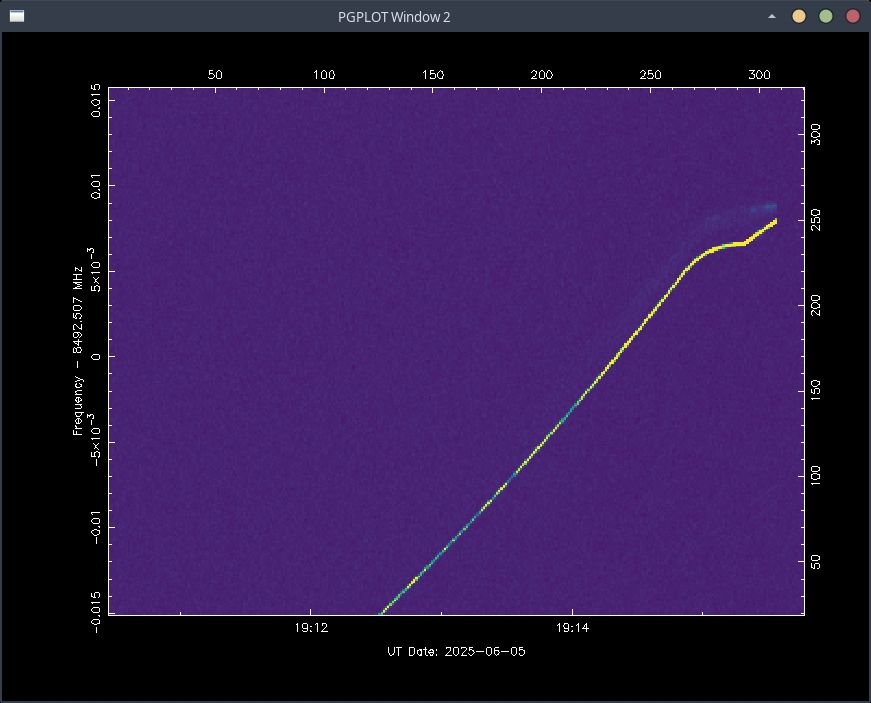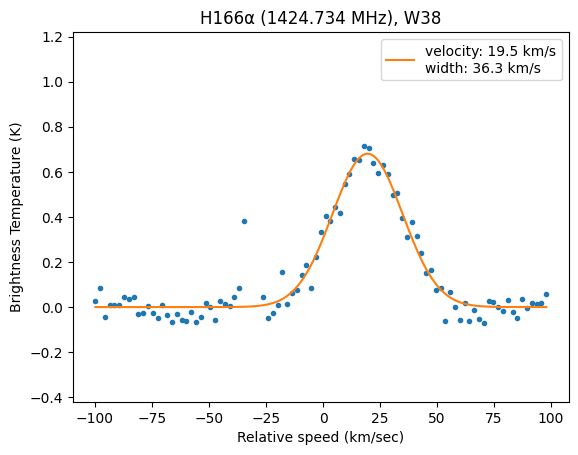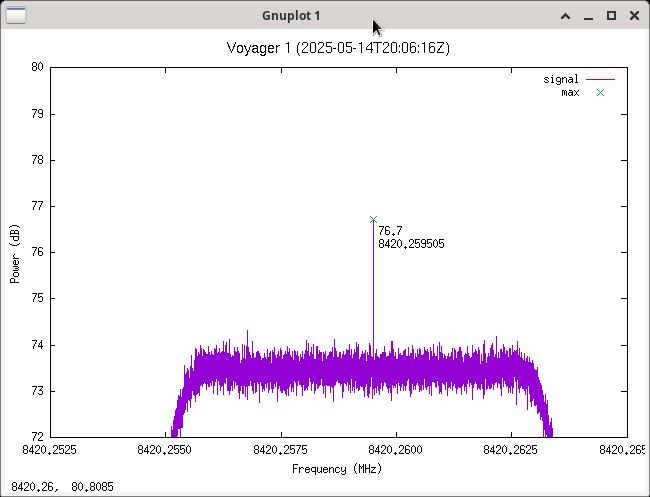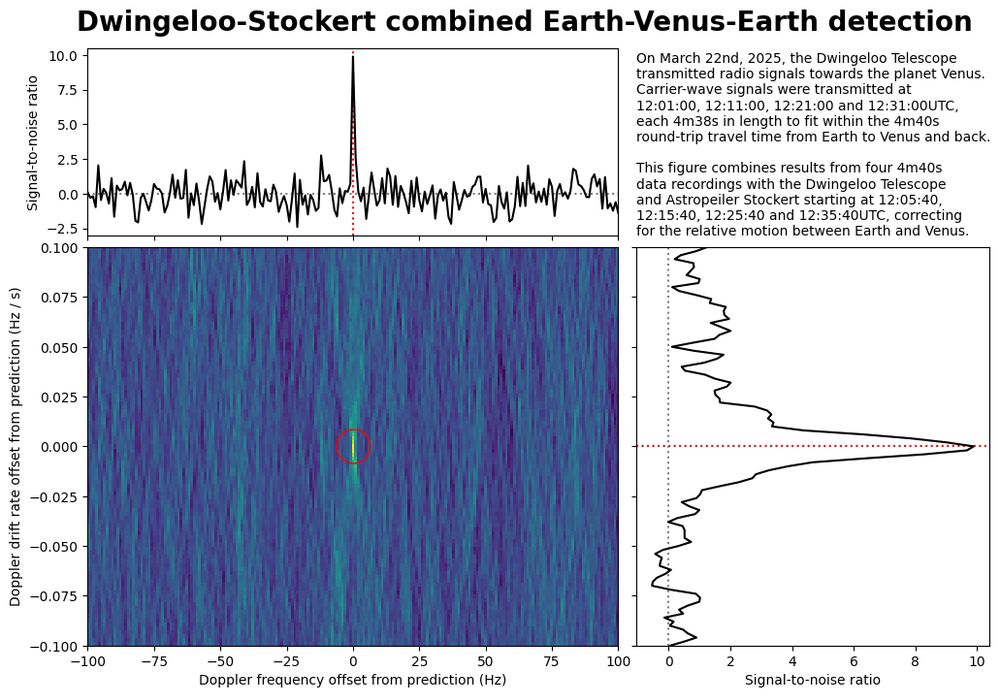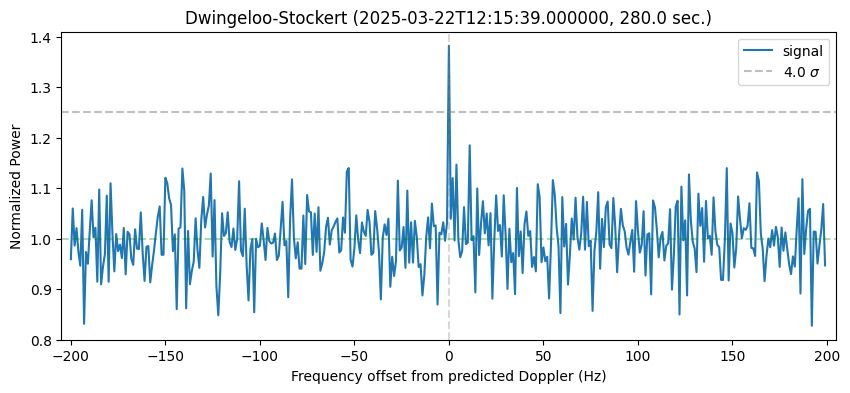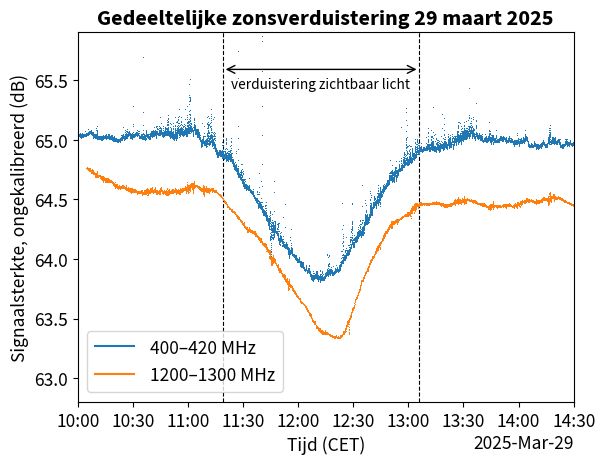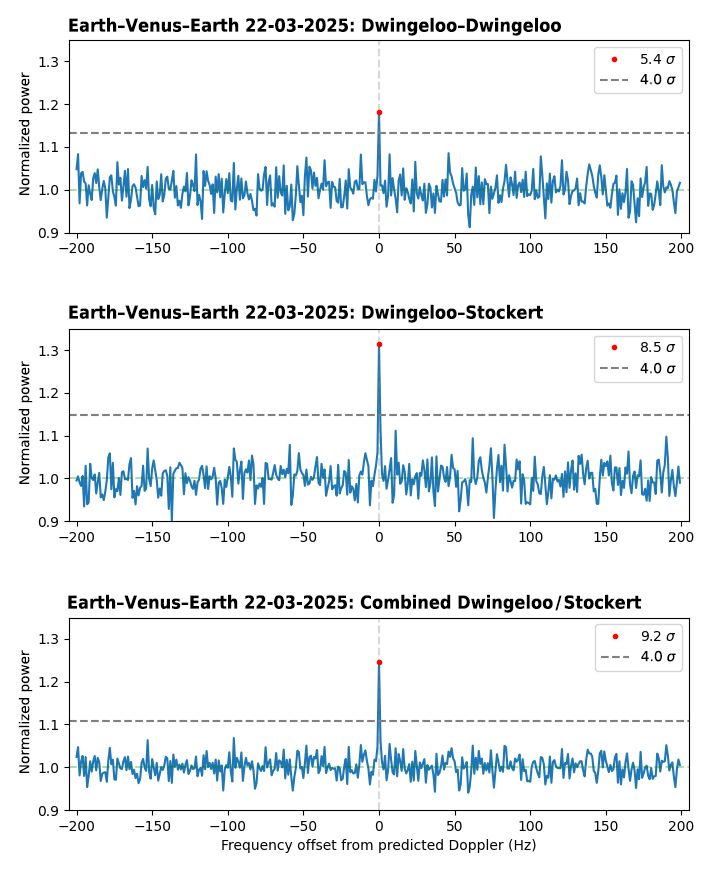Posts
Media
Videos
Starter Packs
Reposted by Radiotelescoop Dwingeloo
Reposted by Radiotelescoop Dwingeloo
Reposted by Radiotelescoop Dwingeloo
Reposted by Radiotelescoop Dwingeloo
Reposted by Radiotelescoop Dwingeloo
Reposted by Radiotelescoop Dwingeloo
Daniel Estévez
@destevez.net
· Apr 20
Reposted by Radiotelescoop Dwingeloo
Reposted by Radiotelescoop Dwingeloo
Cees Bassa
@cbassa.bsky.social
· Mar 24
